Street shops in the cold
John Gallander, country managing director of Knight Frank Vietnam (KFV), said that modern retail trends would drive and revolutionise the future of Vietnamese retail.
“The growing middle class and expanding youth market are fuelling modern trade growth. In the future, modern trade will offer all commodities at better prices and with better ambience,” Gallander said.
Retail sales growth, according to KFV, increased between 18 to 22 per cent annually between 2003 and 2007.
“We forecast that this percentage will have an annual growth of 10 to 12 per cent during 2007 and 2012,” Gallander said.
Meanwhile, Vietnam currently houses 230 supermarkets and one million square metres of retail area.
This is much lower than other countries in the region. Comparatively, Singapore has 3.2 million square metres of retail space.
Moreover, Vietnam is the only country in the world which has a gross domestic product per capital that increased two-fold within the last six years.
“This is the ideal foundation for a well-developed retail sector,” Gallander said.
In 2009, Vietnam ranked sixth globally in retail potential after India, Russia, China, the UAE and Saudi Arabia, with total retail spending of $37 billion.
As long as local consumer demand continues to grow, the outlook for the retail market will remain positive.
Meanwhile, CB Richard Ellis executive director Richard Leech said that there was now an emerging trend, the rebirth of the wet market in Hanoi’s centre.
“The rebirth of traditional markets will take the form of modern and well organised retail concepts such as temperature control, improved health and hygiene, better fire safety, organised merchandising and more,” Leech said.
Apart from that, Leech said that these rebirth trading centres had attracted more customers, due to their multiplex cinemas and entertainment centres, as well as food and beverage services, especially in the context that Vietnam did not have many outlets for these kinds of entertainment.
“The trading hours are extended to serve the needs of those entertainment services and it creates more opportunity amongst other space users, to increase their revenue,” Leech said.
Hanoi’s retail sector at the middle of this year had no vacancies in the city centre and roughly 20 per cent vacancies in non-CBD areas.
Except in the central area, leasing prices had increased by about 1.59 per cent compared to the beginning of this year.
Offered prices for retail spaces fluctuated from $55.5 per square metre in the city centre to $35.68 per square metre in non-CBD areas.
International brand names and franchised brands have been expanding their presence in Hanoi, after a time of existing only in Ho Chi Minh City, such as food and beverage names Kichi Kichi, Jollibee, Co.op Bakery and fashion designer Everbest.
Property consultants estimated that a large of retail space will be added to Hanoi’s market in the near future. In the next five years, Hanoi will have around 665,000sqm of retail space, six times more than the current figure. However, those future projects will be mostly located in non-CBD areas such as Long Bien, Tu Liem, Hoang Mai and Cau Giay districts.
What the stars mean:
★ Poor ★ ★ Promising ★★★ Good ★★★★ Very good ★★★★★ Exceptional
 Tag:
Tag:
Related Contents
Latest News
More News
- CapitaLand Development unveils Orchard Heights in Binh Duong (March 25, 2025 | 10:14)
- Danang kicks off construction of $460 million new urban area (March 24, 2025 | 14:49)
- Can Gio coastal tourism area to span 1,357 hectares (March 24, 2025 | 14:46)
- Hospitality sector heading towards new development cycle (March 21, 2025 | 17:48)
- PVI AM and SonKim Capital partner to develop luxury real estate investment (March 20, 2025 | 14:17)
- Social housing drive can lead to developer incentive (March 20, 2025 | 09:00)
- Industrial real estate remaining lucrative (March 19, 2025 | 16:04)
- Singaporean diplomat highlights green cooperation for sustainability (March 19, 2025 | 14:23)
- KCN Vietnam Group signs comprehensive partnership with VietinBank (March 16, 2025 | 14:00)
- Hanoi’s serviced apartment sector benefits from surging FDI (March 13, 2025 | 16:31)






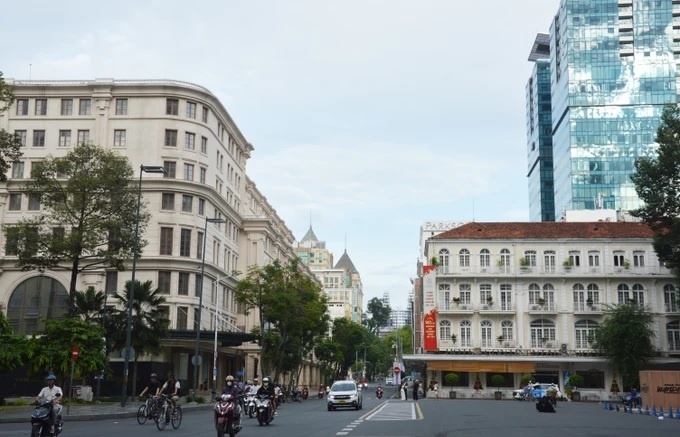
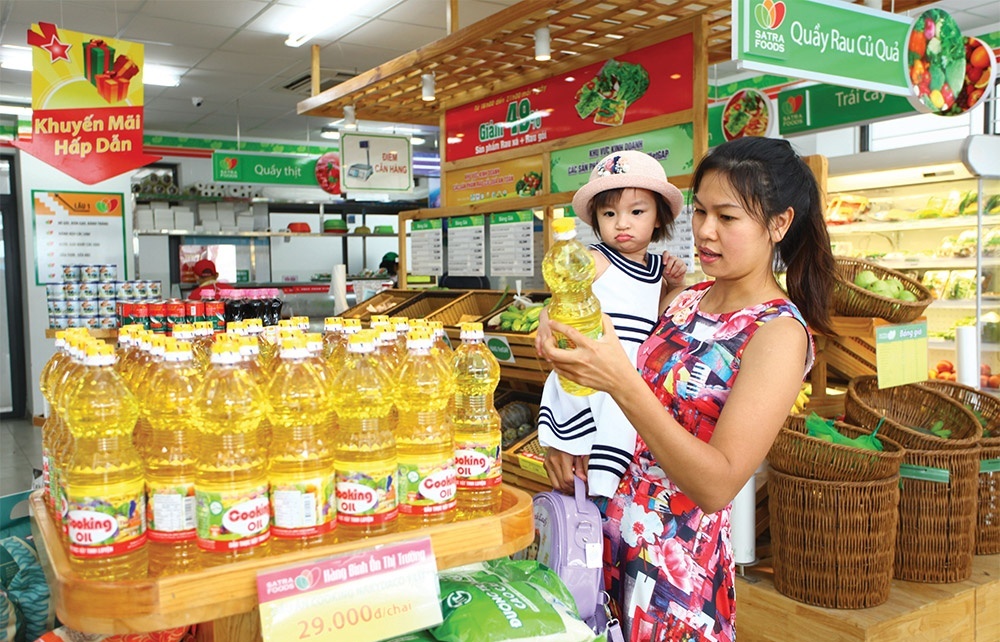

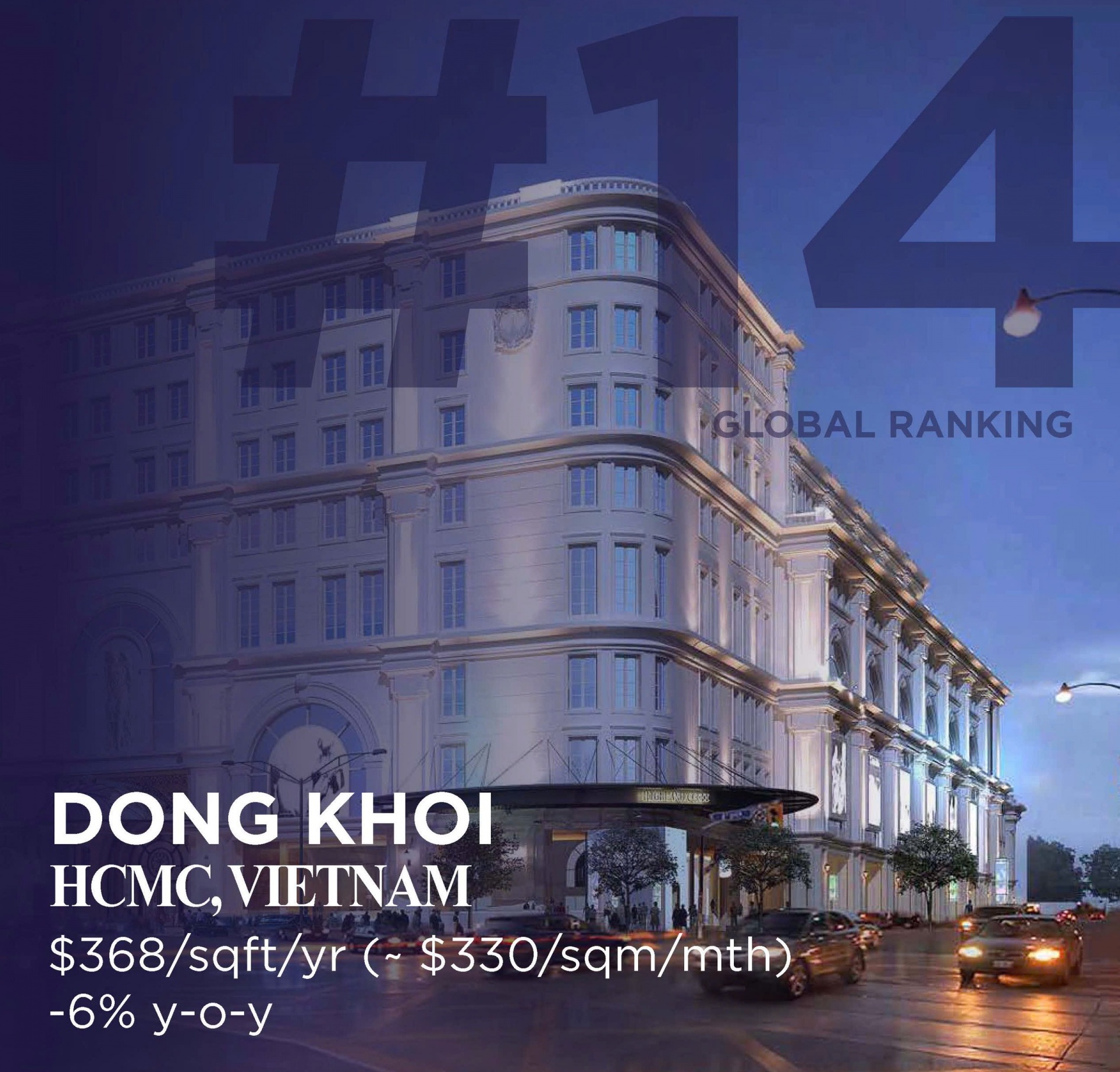


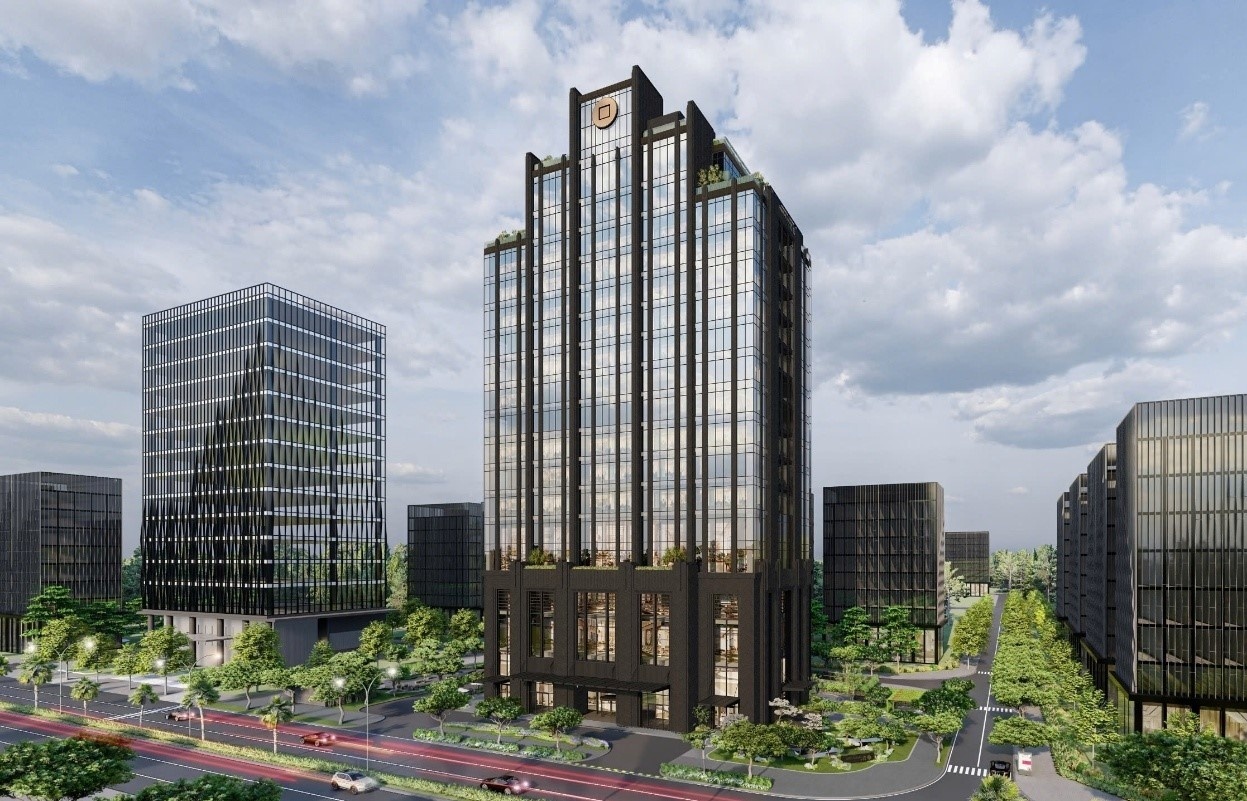

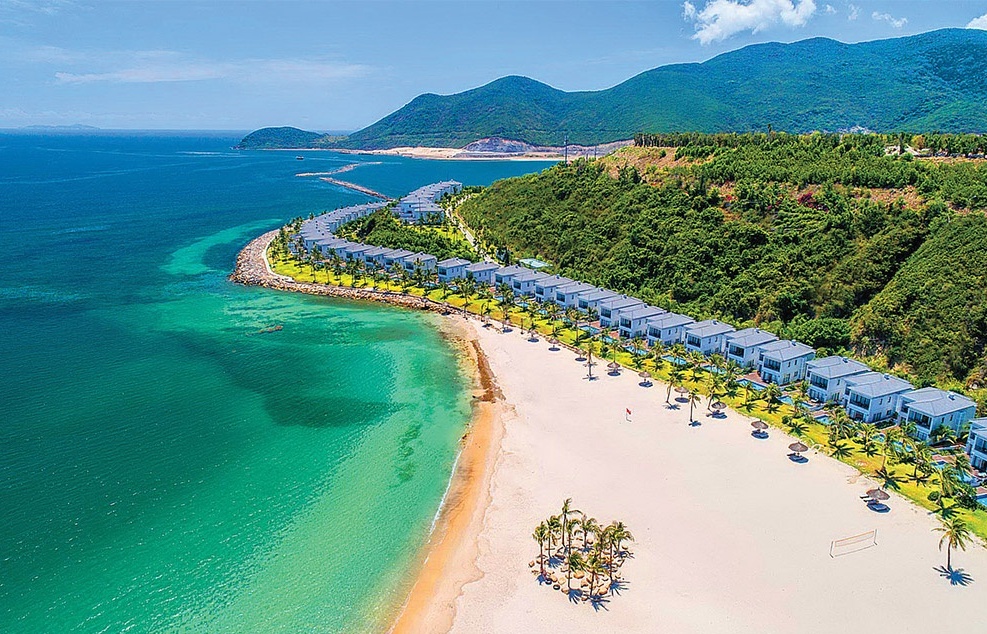
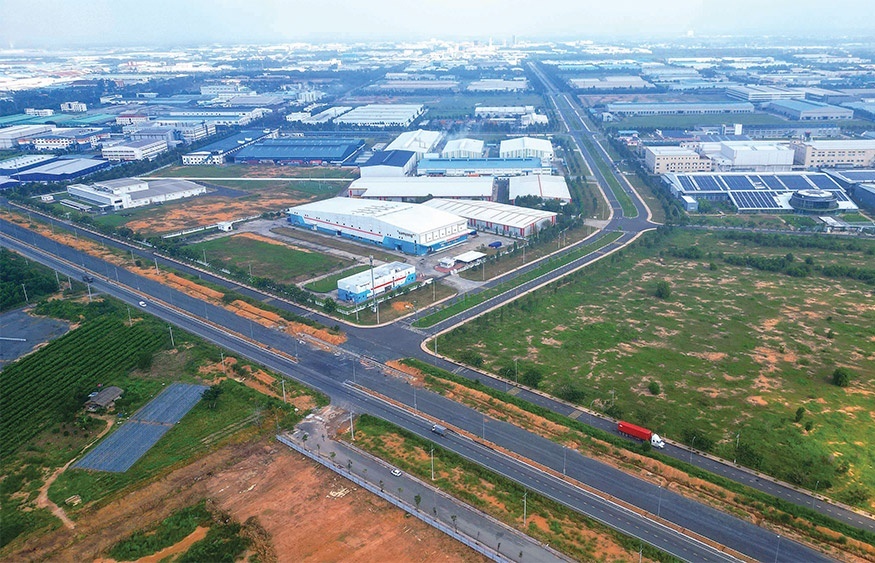

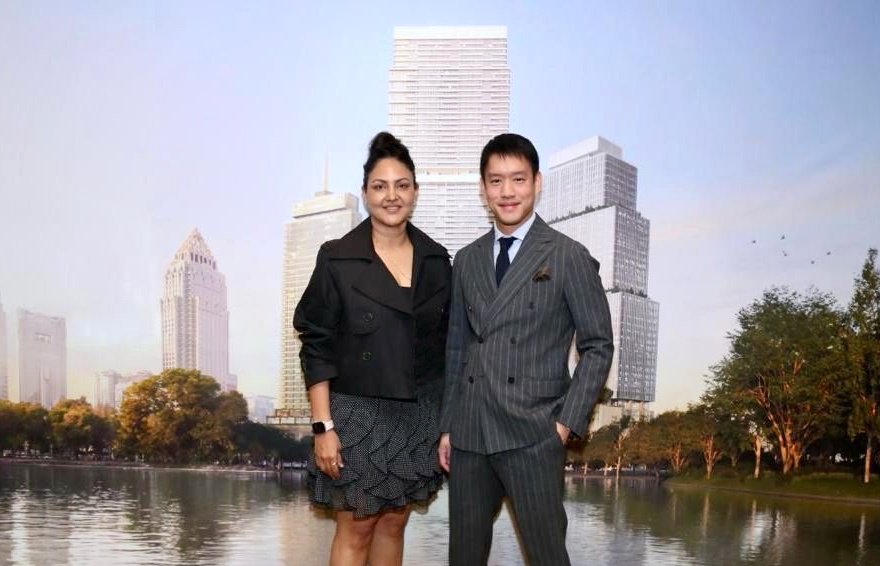






 Mobile Version
Mobile Version